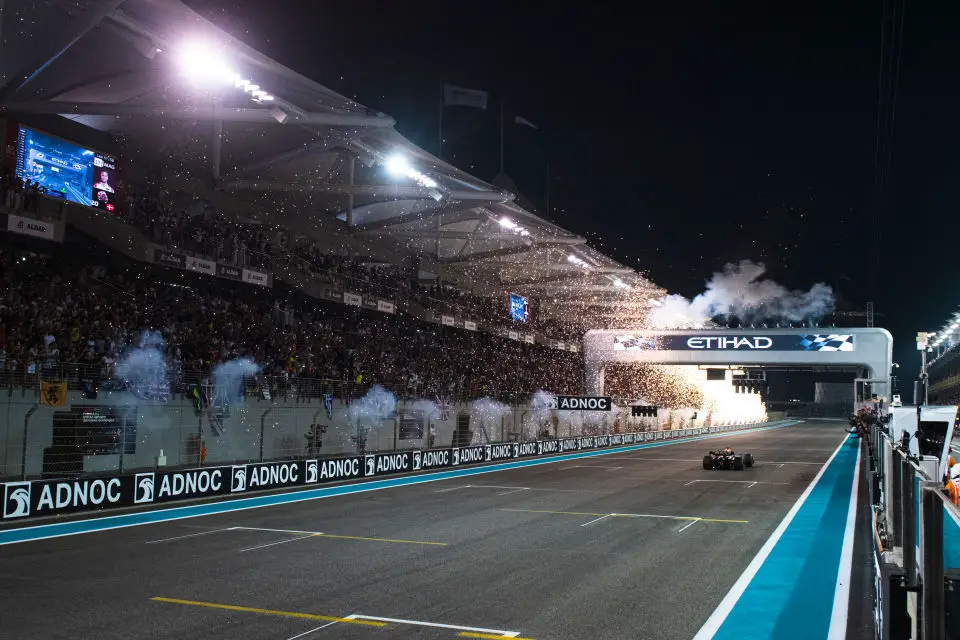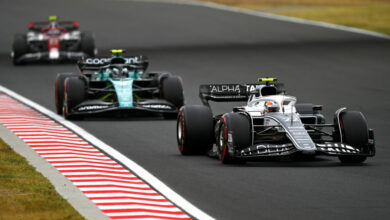Goggle-Gate in F1: Abu Dhabi GP Incident Leads to Safety Scrutiny for All Teams
Following the Abu Dhabi Grand Prix, the F1 community witnessed an unprecedented event termed ‘Goggle-Gate’. The FIA conducted a thorough post-race investigation, identifying several potential breaches of Article 34.13 related to eye safety in pit operations, involving all participating teams.
Key Takeaways:
- Widespread Non-Compliance with Safety Regulations: The investigation by the FIA revealed that many team members, including pit crews across all teams, potentially breached Article 34.13 by not wearing eye protection during pit operations at the Abu Dhabi Grand Prix. This included high-profile drivers such as Max Verstappen and Lewis Hamilton.
- No Penalties, But Future Compliance Mandated: Although the stewards did not impose penalties, due to insufficiently clear video evidence, all teams have been instructed to ensure strict adherence to the safety rule in future races. This emphasizes the importance of safety equipment in pit operations.
- Media Coverage and Team Responses: Sky F1’s pitlane reporter Ted Kravitz highlighted the specifics of Article 34.13 and pointed out apparent non-compliance in footage, especially from the Red Bull team. He indicated that while operational mechanics complied, others did not, leading to a broader interpretation of the rule among teams.

The incident, which unfolded after the Abu Dhabi Grand Prix, centered on the failure of team personnel, including pit crews, to adhere to Article 34.13’s safety requirements. The stewards, after reviewing reports from the Race Director and video evidence, along with hearing from Team Representatives, acknowledged multiple instances where eye protection was not used. However, they also noted the lack of clarity in some video evidence, making it challenging to ascertain complete compliance.
Despite these uncertainties, the stewards’ statement was clear in its conclusion: “Having received reports from the Race Director and viewed video evidence, written reports from Pit Marshals and heard from each of the Team Representatives, the Stewards determine that numerous breaches of Article 34.13 appear to have occurred however the video evidence was in some cases insufficiently clear to determine where for example, a visor was open, the team member concerned may have been wearing glasses or other eye protection. Notwithstanding, there were numerous examples of eye protection not being used.”
Sky F1’s Ted Kravitz provided further insight into the situation, explaining the specifics of Article 34.13 and its implications for team personnel. He observed that, in the case of Red Bull, the chief mechanic had his visor up, potentially violating the rule. Kravitz also noted the arguments likely to be made by team managers regarding the operational roles of those involved in pit stops and the applicability of eye protection rules to them.
In summary, ‘Goggle-Gate’ has brought to light the crucial importance of safety regulations in F1, particularly in the high-risk environment of pit operations. The incident serves as a reminder of the ongoing need for strict adherence to safety protocols to protect all team members. As the F1 community moves forward, the emphasis will undoubtedly be on ensuring such oversights are not repeated, maintaining the sport’s high safety standards.




